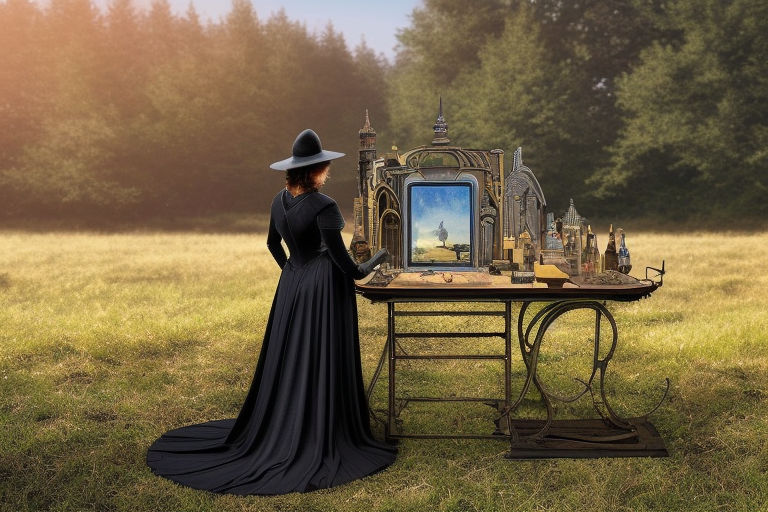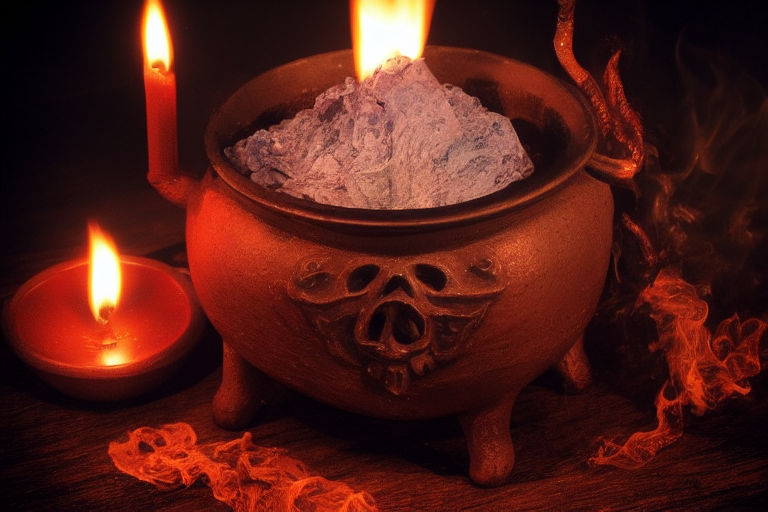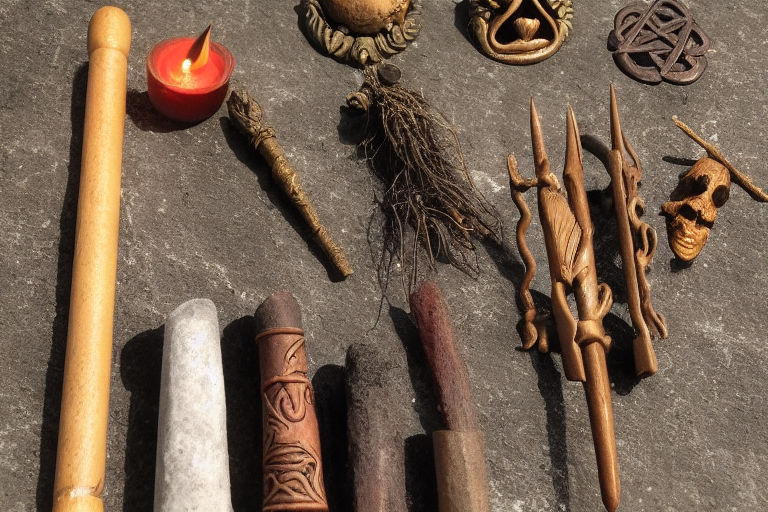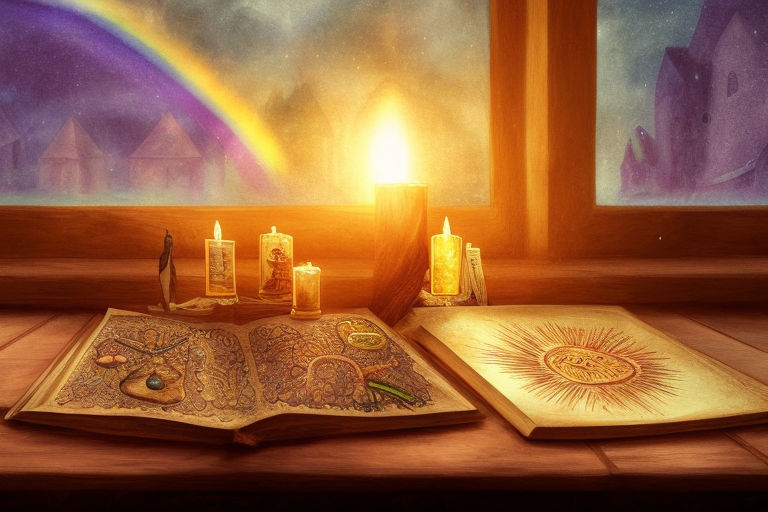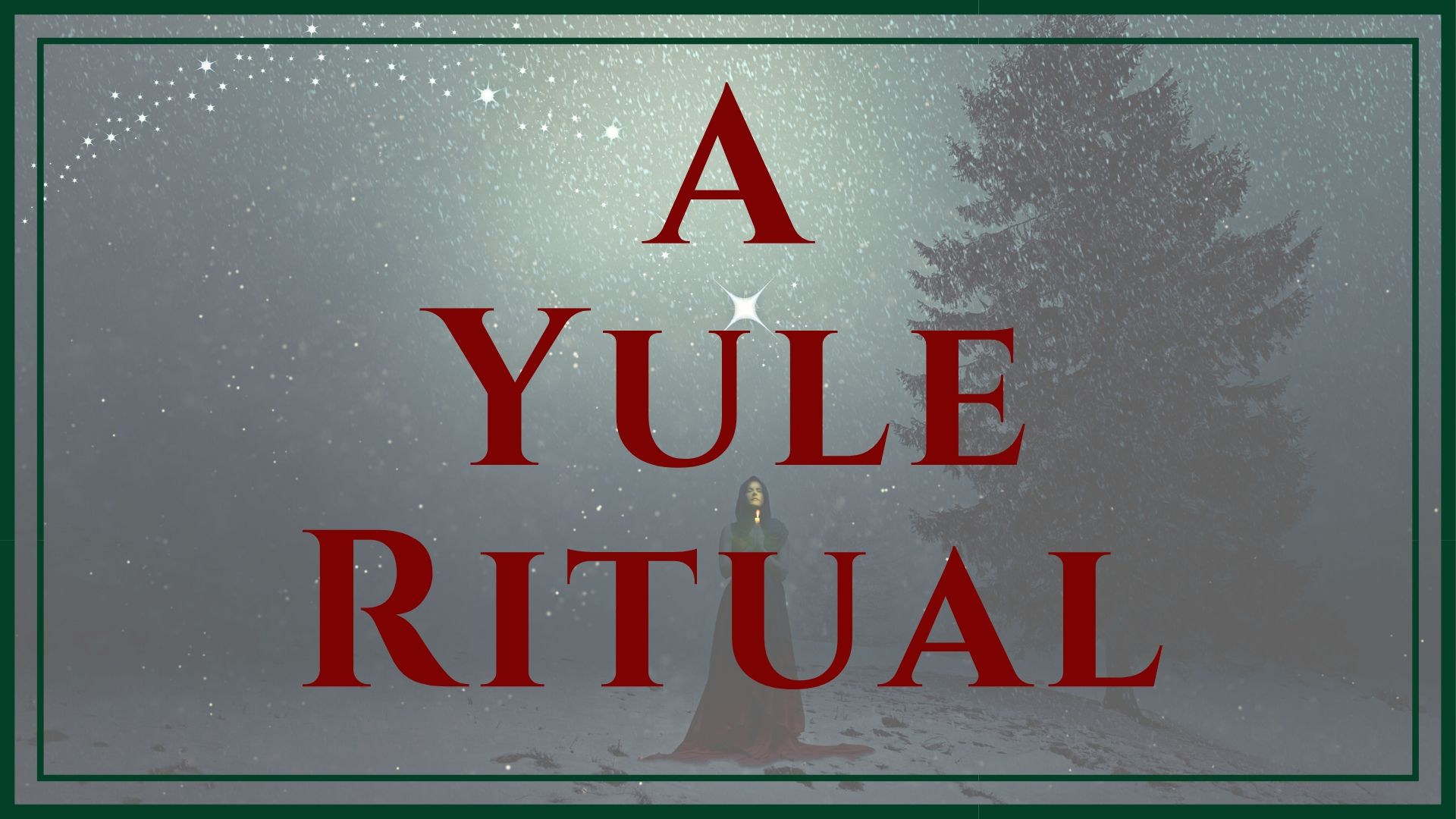Lady Day: The Vernal Equinox
by Mike Nichols
Now comes the Vernal Equinox, and the season of Spring reaches its apex, halfway through its journey from Candlemas to Beltane. Once again, night and day stand in perfect balance, with the powers of light on the ascendancy. The god of light now wins a victory over his twin, the god of darkness.
In the Mabinogion myth reconstruction which I have proposed, this is the day on which the restored Llew takes his vengeance on Goronwy by piercing him with the sunlight spear. For Llew was restored/reborn at the Winter Solstice and is now well/old enough to vanquish his rival/twin and mate with his lover/mother.
And the great Mother Goddess, who has returned to her Virgin aspect at Candlemas, welcomes the young sun god’s embraces and conceives a child. The child will be born nine months from now, at the next Winter Solstice. And so the cycle closes at last.
We think that the customs surrounding the celebration of the spring equinox were imported from Mediterranean lands, although there can be no doubt that the first inhabitants of the British Isles observed it, as evidence from megalithic sites shows.
But it was certainly more popular to the south, where people celebrated the holiday as New Year’s Day, and claimed it as the first day of the first sign of the Zodiac, Aries. However you look at it, it is certainly a time of new beginnings, as a simple glance at Nature will prove.
Why three days? If we remember that we are here dealing with the lunar aspect of the Goddess, the reason should be obvious. As the text of one Book of Shadows gives it, ‘…as the moon waxes and wanes, and walks three nights in darkness, so the Goddess once spent three nights in the Kingdom of Death.’
In our modern world, alienated as it is from nature, we tend to mark the time of the New Moon (when no moon is visible) as a single date on a calendar. We tend to forget that the moon is also hidden from our view on the day before and the day after our calendar date.
But this did not go unnoticed by our ancestors, who always speak of the Goddess’s sojourn into the land of Death as lasting for three days. Is it any wonder then, that we celebrate the next Full Moon (the Eostara) as the return of the Goddess from chthonic regions?
Naturally, this is the season to celebrate the victory of life over death, as any nature-lover will affirm. And the Christian religion was not misguided by celebrating Christ’s victory over death at this same season. Nor is Christ the only solar hero to journey into the underworld.
King Arthur, for example, does the same thing when he sets sail in his magical ship, Prydwen, to bring back precious gifts (i.e. the gifts of life) from the Land of the Dead, as we are told in the ‘Mabinogi’. Welsh triads allude to Gwydion and Amaethon doing much the same thing. In fact, this theme is so universal that mythologists refer to it by a common phrase, ‘The Harrowing of Hell’.
However, one might conjecture that the descent into hell, or the land of the dead, was originally accomplished, not by a solar male deity, but by a lunar female deity. It is Nature Herself who, in Spring, returns from the Underworld with her gift of abundant life. Solar heroes may have laid claim to this theme much later.
The very fact that we are dealing with a three-day period of absence should tell us we are dealing with a lunar, not solar, theme. (Although one must make exception for those occasional male lunar deities, such as the Assyrian god, Sin.) At any rate, one of the nicest modern renditions of the harrowing of hell appears in many Books of Shadows as ‘The Descent of the Goddess’. Lady Day may be especially appropriate for the celebration of this theme, whether by storytelling, reading, or dramatic re-enactment.
For modern Witches, Lady Day is one of the Lesser Sabbats or Low Holidays of the year, one of the four quarter-days. And what date will Witches choose to celebrate? They may choose the traditional folk ‘fixed’ date of March 25th, starting on its Eve. Or they may choose the actual equinox point, when the Sun crosses the Equator and enters the astrological sign of Aries.
Magic spells come in many different styles, traditions, formats and for different specific purposes. For example, love spells are a very popular branch of magic. Click here to learn more.



